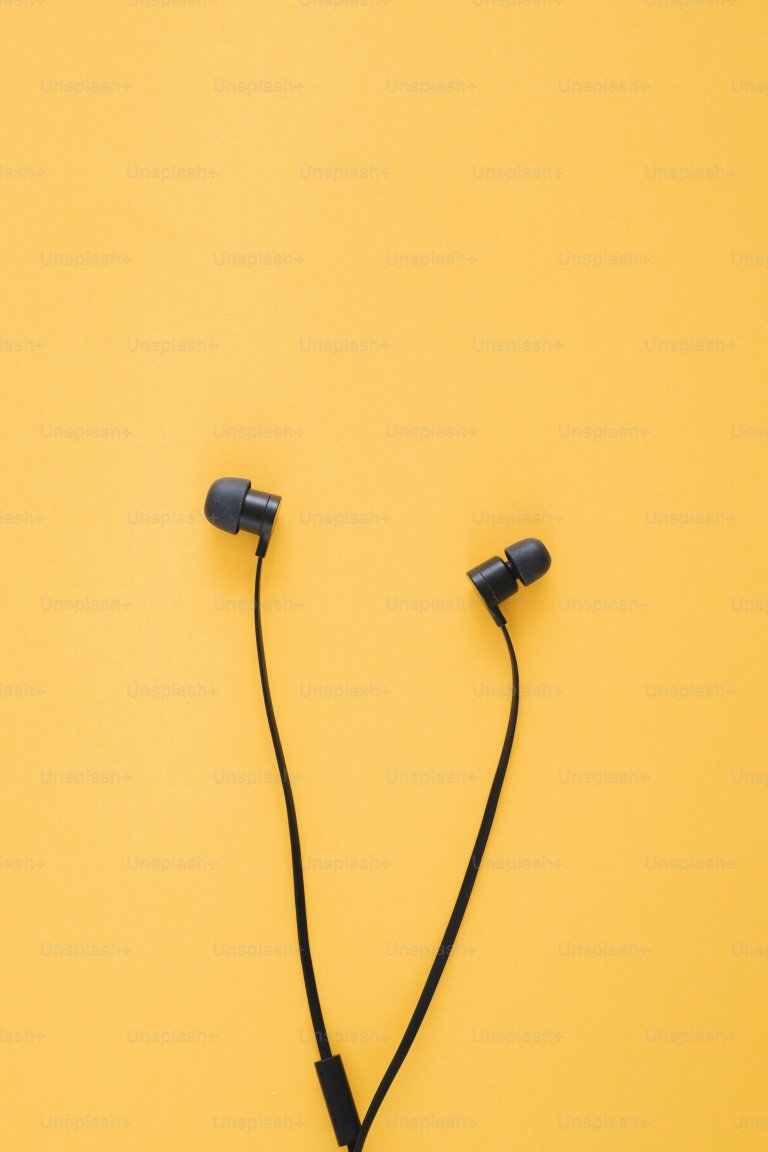Will Gaming Laptops Ever Replace the Desktop PC?
As technology advances, many people are beginning to wonder if gaming laptops will ever replace the traditional desktop PC. Laptops have become increasingly popular due to their portability and convenience, but they have yet to surpass the performance capabilities of desktop computers when it comes to gaming. In this article, we will explore the various factors that contribute to the ongoing debate of whether gaming laptops will eventually replace desktop PCs.
The Advantages of Gaming Laptops
Laptops offer several advantages that make them appealing to gamers. The most obvious advantage is their portability, allowing gamers to take their devices with them wherever they go. This makes it possible for gamers to play their favorite games while traveling or away from home. Additionally, gaming laptops are more space-efficient than desktop PCs, making them a great choice for those who have limited space in their homes.
Another advantage of gaming laptops is their versatility. They are not only capable of running games, but they can also be used for other tasks such as work, school, and general web browsing. This versatility makes them a popular choice among students and young professionals who require a powerful computer for both gaming and work purposes.
The Limitations of Gaming Laptops
While gaming laptops have their advantages, they also come with some limitations. One of the main limitations is their price. Gaming laptops tend to be much more expensive than desktop PCs with similar performance capabilities. This is due to the compact design of laptops, which requires specialized hardware components that come at a higher cost.
Another limitation of gaming laptops is their upgradeability. Unlike desktop PCs, which allow for easy and inexpensive upgrades, laptops are not as flexible when it comes to upgrading components. In most cases, the only components that can be upgraded are the RAM and storage, while other essential components such as the CPU and GPU are usually soldered onto the motherboard and cannot be replaced.
Furthermore, the smaller form factor of laptops also means that they may not be able to handle heavy workloads for extended periods of time. The compact design restricts the airflow, resulting in higher temperatures and potential performance throttling. This can significantly impact the gaming experience, especially for longer gaming sessions.
The Superiority of Desktop PCs for Gaming
Despite the limitations of gaming laptops, desktop PCs still reign supreme when it comes to gaming. The main reason for this is the ability to customize and upgrade the components to achieve better performance. With a desktop PC, gamers have the option to choose from a wide variety of hardware options, allowing them to build a system that is tailored to their specific needs and budget.
Desktop PCs also have better cooling systems, which allows for more efficient heat dissipation during heavy gaming sessions. This results in better performance and fewer chances of overheating and damaging the hardware components.
Moreover, desktop PCs are generally more cost-effective when it comes to performance-to-price ratio. With the same budget, gamers can get a more powerful desktop PC compared to a gaming laptop. This makes desktop PCs a better long-term investment for serious gamers.
The Future: Will Gaming Laptops Ever Replace Desktop PCs?
So, will gaming laptops ever replace desktop PCs? As of now, it seems highly unlikely. While laptops have been improving in terms of performance, they are still not at the same level as desktop PCs, especially when it comes to high-end gaming. As technology advances, gaming laptops may become more powerful and more affordable, but it is unlikely that they will surpass the capabilities of desktop PCs for gaming.
However, one trend that might change the game is the rise of cloud gaming. Services such as Google Stadia, Nvidia GeForce Now, and Microsoft xCloud offer gamers a way to play games without needing a powerful gaming rig. With this technology, it is possible that people may opt for lightweight and portable devices such as laptops with a reliable internet connection over a bulky desktop PC.
In conclusion, while gaming laptops offer convenience and portability, they still have a long way to go before they can completely replace desktop PCs for gaming. The preference for desktop PCs will likely continue for serious gamers and those who prioritize performance over portability. However, we cannot discount the possibility that future advancements in technology may change the gaming landscape forever.
As technology evolves, it is difficult to predict the future of gaming laptops and desktop PCs. Both have their strengths and limitations, and it ultimately boils down to personal preferences and needs. For now, it seems that desktop PCs will continue to be the go-to choice for avid gamers, but who knows what the future holds.



